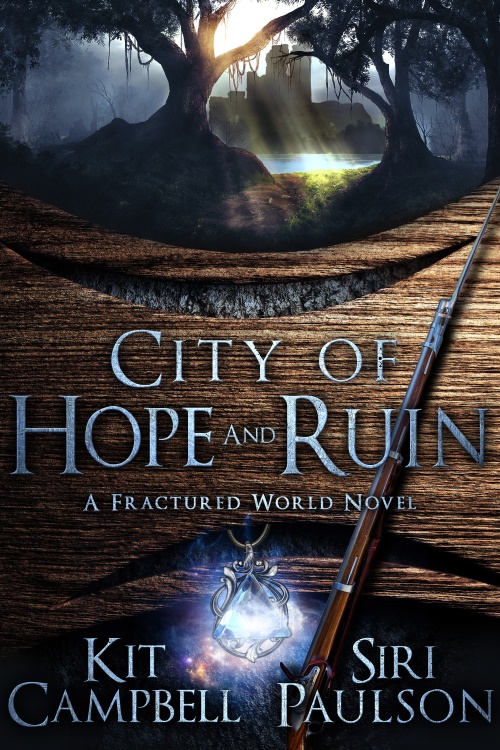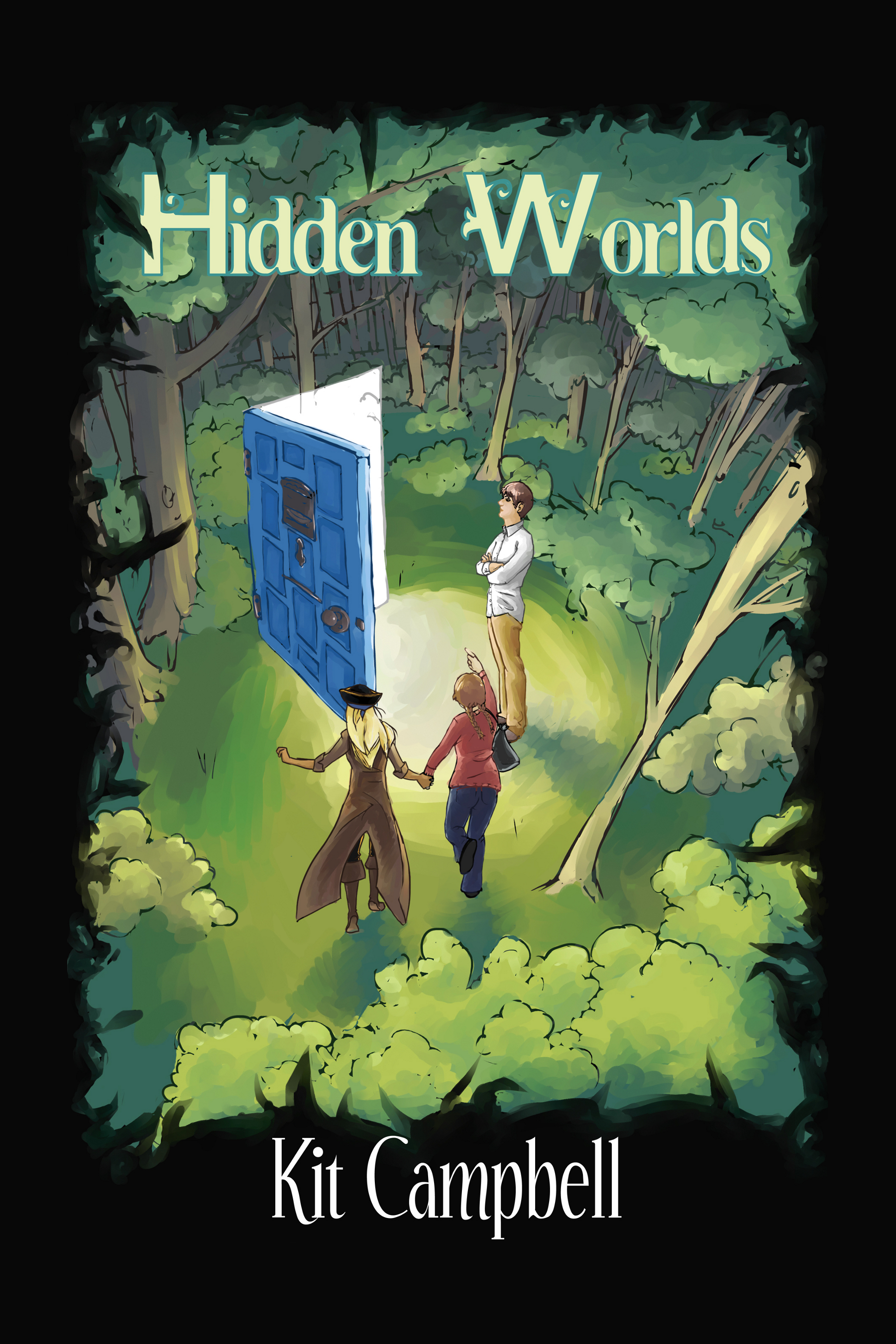Ugh, guys, I’m sorry this took me so long to get through. I don’t really have any good excuses, except I should have started more than a week before we were supposed to be talking about it, especially since it’s almost 600 pages.
To sum up, as I told my dog last night: this is not a hopeful book. This is a book about how humanity is stupid and self-destructive.
I mean, I hope we eventually get into a hopeful phase, but who knows!
Red Mars came out in 1992 and won the Nebula in 1993. It covers somewhere between 35 and 40 years of time, starting with the colonist selection process on Earth and following them through the trip to Mars and approximately 30 years on Mars itself. It’s told in eight sections, with a different viewpoint character for each section (though Nadia and Frank each get two), and each viewpoint character is a member of the First Hundred, as the first colonists are called over time.
Most sections cover a decent amount of time, sometimes years, and there is also usually a time jump between sections (though section 8 follows directly from section 7). The book sets up characters on various sides of different issues, such as terraforming (the greens “let’s do this as fast as possible” vs. the reds “leave Mars alone–what right have we to meddle?”), colonization, emigration, corporations, government, etc. Genetic engineering is also present, but aside from its relation to terraforming (they create specialized algae that can survive on Mars’ surface), at least in this book, it’s treated as a uniformly good thing (i.e., no characters are presented as against it). I will be interested to see if that changes as the books go on.
There may be SPOILERS moving forward, so be aware.
The plot of the book is fairly chronological rather than action based. While we do open somewhere in the middle, subsequent chapters and sections start from the beginning and run straight through. The First Hundred are selected, leave for Mars on the Ares, an immense spaceship with some artificial gravity, gardens, farms, etc. (even birds) to try and help with mental states on the long voyage. On the voyage, we see the first signs that people have different plans for the planet and different ideologies, and that some people lied throughout the selection process.
They arrive at Mars and get started building up the infrastructure necessary to produce air and water, build habitats, and start exploring. Things are good. But eventually those ideological differences pop back up, especially in relation to terraforming and whether or not they need to get Earth’s permission before they do things. And a large section of the First Hundred disappear, becoming the Lost Colony, without any warning.
As time goes on, more people arrive from Earth, different factions with different goals, and without cohesive goals or leadership, tensions start to rise. Big corporations start sending a ton of workers and “security,” sabotages start happening, people disappear–and Earth is no help, because Earth is also falling apart, due to global warming and increasing numbers of wars.
Eventually the “revolution” happens–a number of rebel factions, not coordinating with each other, attack, destroying towns (reliant on thin domes for their atmospheres) and killing people. The “security” forces retaliate, shooting down from orbit. There is mass chaos, with all these factions working for themselves and the Earth forces (mostly these corporate security forces as well as some UN-approved ones) trying to lock everything down. The space elevator is destroyed, crashing down to the planet. Phobos is destroyed. The First Hundred become targets–Earth is trying to peg them as scapegoats and ring leaders–and they manage to escape to the Lost Colony at the end.
SPOILERS over.
This was actually a fairly quick read, all things considered–depending on whose point of view the section is in. I found Nadia the easiest to read and Frank the hardest; I’m sure other people would feel differently. Even when the characters spend forever building habitats or exploring the vastness of Mars, the book never feels slow (though I admit I occasionally skimmed sections with a lot of place names, which just didn’t mean anything to me). It does a great job of showing what life might be like on Mars, and a great job presenting a number of characters who are obviously different from each other. I would recommend it if you like hard science fiction, especially near future stuff, or space exploration.
Also, apparently the first person walks on Mars by 2020, and colonizing by 2026, so we’d better get on it.
Did you read this with me, squiders? What did you think?
Green Mars is next. Let’s do the end of January for it, so we can get through the holidays without going crazy.



